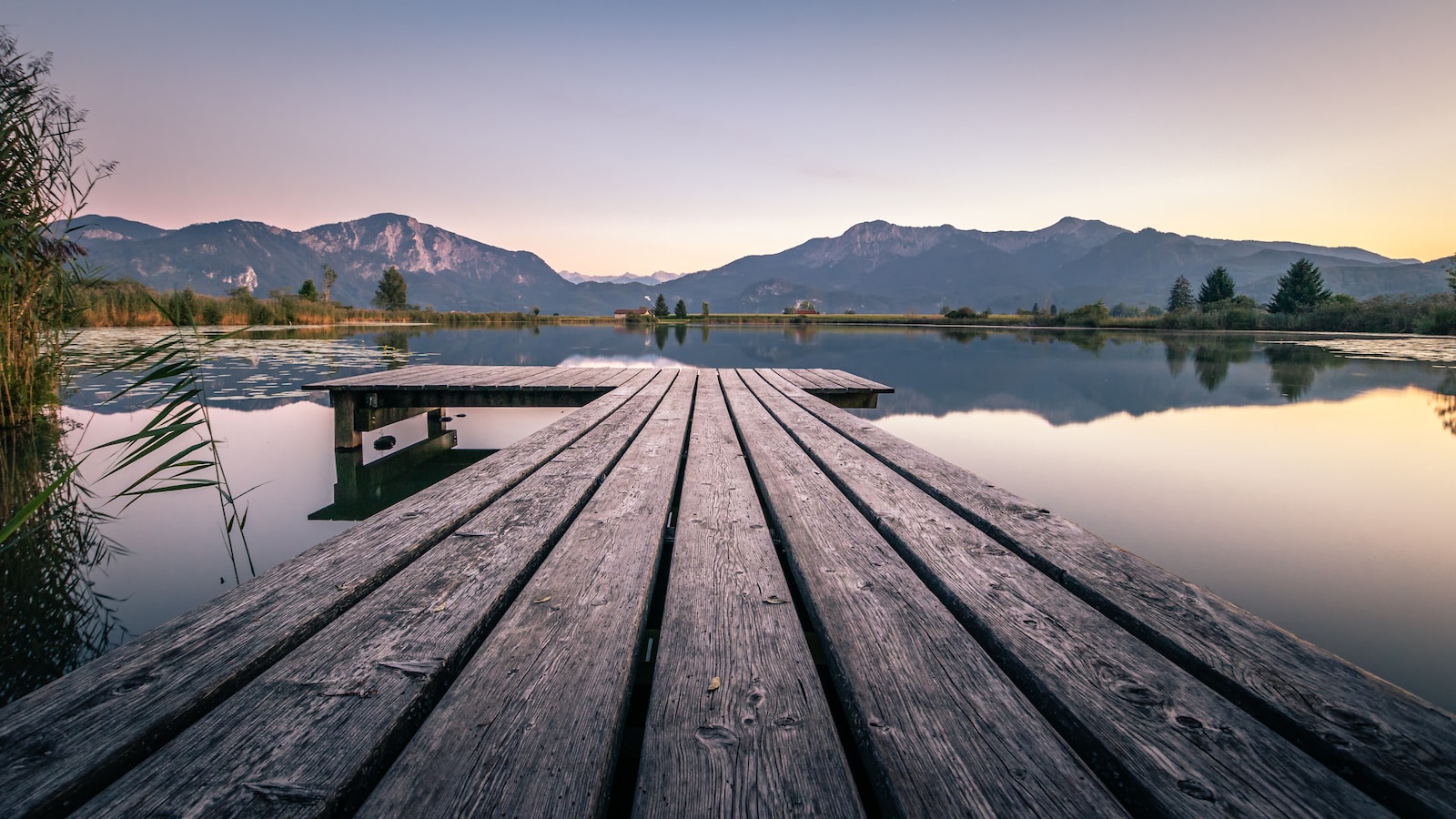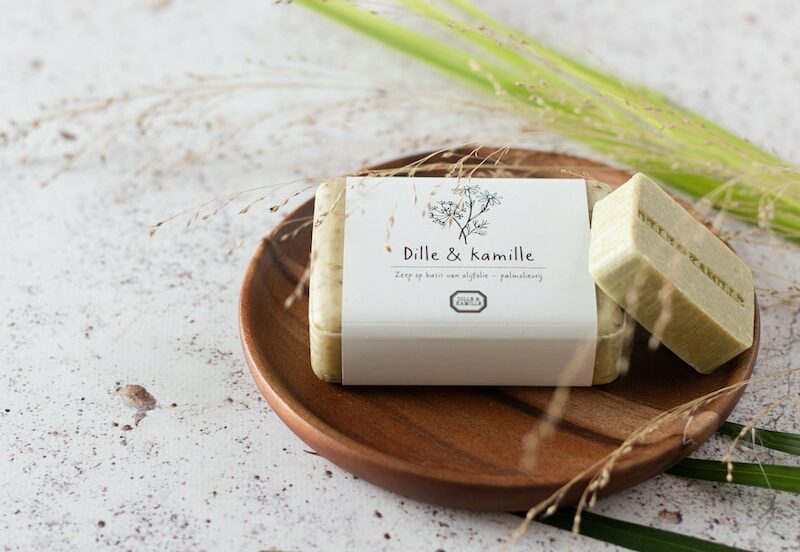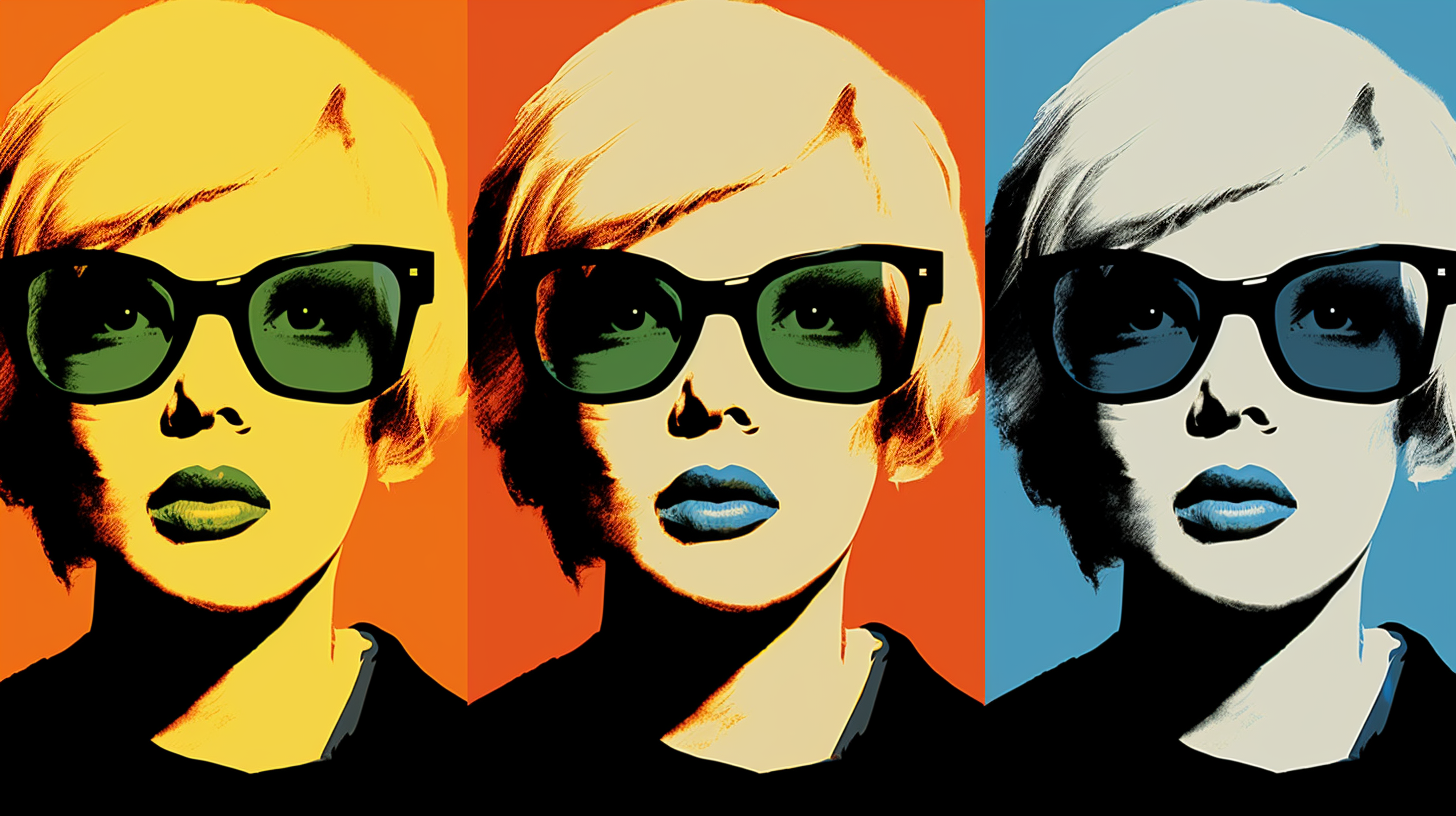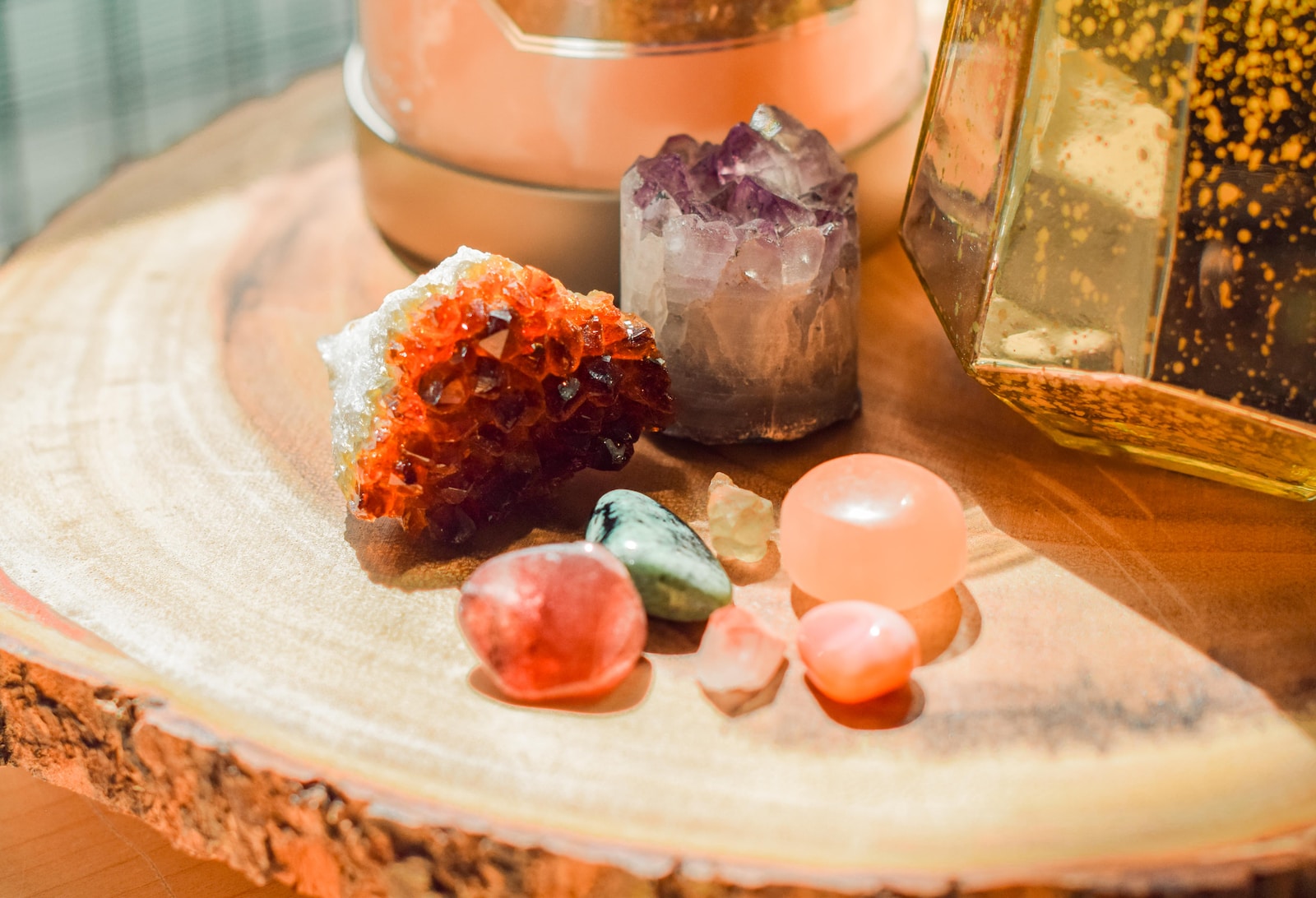Welcome to Textural Awareness in Photography, a blog dedicated to exploring the fascinating world of texture and its impact on photography. Texture plays a powerful role in creating depth and adding emotional intensity to photographs. Join us as we delve into the techniques, strategies, and visual elements that can bring your photos to life and create a three-dimensional experience for viewers.
Table of Contents
Emotional Depth through Texture
Texture has the remarkable ability to evoke emotions and engage viewers in a profound way. By incorporating various textures into your photographs, you can transform a simple image into a visual narrative that captures attention and elicits a personal response. From the roughness of tree bark to the softness of flower petals, texture adds an additional dimension that enhances the overall impact of the photo.
Capturing Texture in Photography
Photographing texture requires a keen eye for detail and an understanding of composition strategies that highlight textures effectively. Proper lighting, angle selection, and depth of field can all contribute to bringing out the desired textures in your subjects. By experimenting with different perspectives and camera settings, you can create visually stunning images that showcase the intricate details of different textures.
Did you know that the concept of texture in photography can be traced back to the early 20th century? Pioneering photographers like Edward Weston and Imogen Cunningham were renowned for their striking use of texture in black and white images.
Composition Strategies for Texture
Composition plays a vital role in emphasizing textures and creating compelling visual narratives. Incorporating leading lines, diagonal compositions, and the rule of thirds can guide the viewer’s gaze and highlight specific textures within the frame. Additionally, the use of contrasting textures in a photograph can create a sense of tension and visual interest, further enhancing the overall impact of the image.
The Role of Visual Elements
Visual elements such as color, contrast, and pattern can also significantly influence the perception of texture in a photograph. The choice of monochromatic tones can emphasize the texture’s details, while vibrant colors can create a striking contrast against textured surfaces. Understanding how these visual elements interact with texture allows photographers to create visually captivating images that resonate with viewers.
Exploring Different Textures
By actively seeking out various textures in your surroundings, you can expand your creative possibilities as a photographer. From the smoothness of glass to the roughness of rocks, each surface presents a unique opportunity to capture texture in its most authentic form. Experiment with different subjects and settings to develop your textural awareness and enhance the visual impact of your photographs.
Post-Processing and Texture Enhancement
While texture should be captured as accurately as possible in-camera, post-processing techniques can help enhance and emphasize textures further. Techniques such as dodging and burning, selective sharpening, and texture overlays can add depth and dimensionality to your images. However, it’s crucial to maintain a balance and avoid over-processing, ensuring that the natural textures remain the focus of the photograph.
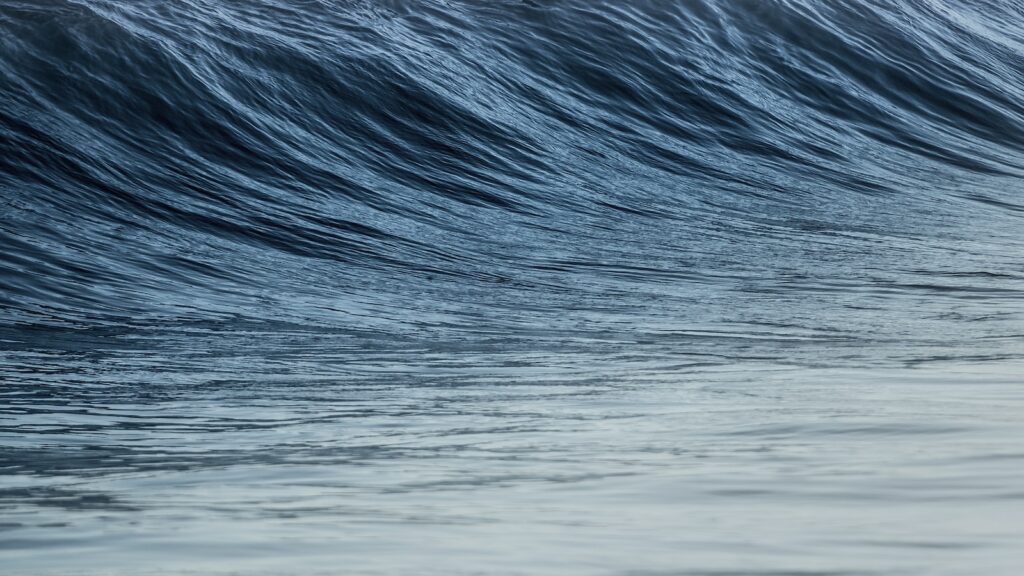
Developing a Textural Narrative
Texture can elevate your photography from mere visuals to captivating storytelling. Consider the emotions, moods, or messages you want to convey through your images, and use texture as a tool to support those narratives. Combining textures with elements such as composition, lighting, and subject matter allows you to create photographs that immerse viewers in a rich sensory experience.
Experimentation and Personal Style
Don’t be afraid to experiment with different techniques and styles when incorporating texture into your photography. Embrace your unique perspective and develop a personal style that reflects your artistic vision. Whether it’s capturing the gritty textures of urban landscapes or the delicate softness of nature, allowing texture to guide your creative choices can lead to truly remarkable and visually engaging photographs.
The Endless Possibilities of Textural Awareness
Embracing texture in photography opens up a world of creative possibilities and allows you to connect with viewers on a deeply emotional level. By honing your textural awareness and mastering the art of incorporating texture into your images, you can create visually stunning photographs that not only captivate but also leave a lasting impact on those who experience them.
Textural Awareness in Photography: Immersing into the World of Texture
Welcome to the fascinating world of texture in photography, where images come to life with a three-dimensional feel. In this blog post, we will explore the power of texture and how it can contribute to the emotional depth of a photograph. Whether you are an amateur or professional photographer, understanding and harnessing the potential of texture can elevate your photography to new heights.
Case Study: Overcoming Challenges to Capture Texture
Let’s start by delving into a relevant case study that demonstrates the challenges faced by photographers when capturing texture and how they overcome them. Meet Sarah, an aspiring photographer with a keen eye for detail.
Sarah was presented with the opportunity to capture the texture of a weathered barn in her rural community. She knew that capturing the intricate details of the barn’s wood grain would add depth and character to her photograph. However, she faced several obstacles along the way.
Challenge #1: Lighting
One of the main challenges Sarah encountered was finding the ideal lighting conditions to accentuate the barn’s texture. After numerous attempts, she realized that shooting during the golden hour, when the sun was low in the sky, cast long shadows and brought out the texture beautifully.
Challenge #2: Composition Strategies
Another hurdle Sarah faced was how to effectively compose her photograph to showcase the texture. She experimented with different compositions, such as leading lines and the rule of thirds, to create visual interest and draw attention to the texture of the barn.
Challenge #3: Visual Elements
Lastly, Sarah had to consider the visual elements that would enhance the texture in her photograph. She utilized contrasting colors and incorporated additional elements, such as grass in the foreground or a cloudy sky in the background, to provide a complementary backdrop for the barn’s texture.
Benefits of Capturing Texture
Despite the challenges, Sarah’s perseverance paid off, resulting in a photograph that effectively portrayed the texture of the weathered barn. The texture added a tangible quality to the image, making viewers feel as if they could reach out and touch the rough, weathered surface.
Capturing texture in photography not only adds visual interest but also evokes emotions and creates a connection between the viewer and the subject. Texture has the power to transform an ordinary image into something extraordinary, inviting viewers to explore the intricacies within.
So, the next time you pick up your camera, remember to pay attention to the texture in your surroundings. Take the time to experiment with lighting, composition strategies, and visual elements to capture texture in its most captivating form. By incorporating textural awareness into your photography, you can take your images to new heights.
Frequently Asked Questions
What is texture in photography?
Texture in photography refers to the visual quality of the surface of an object or scene. It adds depth and dimension, enhancing the overall feel and impact of a photo. Texture can range from smooth and soft to rough and gritty, and it can evoke various emotions and create a tactile experience for the viewer.
Why is texture important in photography?
Texture plays a crucial role in photography as it helps to create visual interest and add depth to an image. It can evoke different emotions and enhance the overall mood of a photograph. By strategically incorporating texture into your compositions, you can create a more three-dimensional and captivating visual experience for your audience.
How can texture contribute to the emotional depth of a photo?
Texture can evoke specific emotions in a photograph, depending on its characteristics. For example, a photo with a smooth and soft texture can create a sense of calmness or gentleness. On the other hand, a photo with a rough and gritty texture can convey a feeling of ruggedness or intensity. By carefully selecting and capturing textures that align with the desired emotional tone, you can enhance the overall impact and storytelling potential of your photos.
What composition strategies can I use to emphasize texture in my photos?
There are several composition strategies you can employ to emphasize texture in your photos:
- Close-up shots: Zoom in or get physically close to your subject to capture the intricate details and textures.
- Side lighting: Use lighting from the side to create shadows that accentuate the texture of the subject.
- Contrast: Pair different textures together to create a visually compelling contrast.
- Depth of field: Use a shallow depth of field to isolate the textured subject while blurring the background.
- Patterns: Incorporate repetitive patterns to enhance the visual impact of texture in your composition.
What are the visual elements that can contribute to texture in photography?
Several visual elements can contribute to texture in photography:
- Lines: Texture can be emphasized through the use of lines, such as the ridges on tree bark or the lines on a piece of fabric.
- Shapes: The shapes formed by the textures can enhance the overall visual impact of a photograph.
- Colors: The color of a texture can affect the emotional response of the viewer.
- Contrast: Contrast in color, tone, or light can further emphasize the texture in a photograph.
Wrap Up
In conclusion, textural awareness is a powerful tool that every photographer should master. By understanding how texture can enhance the emotional depth and three-dimensional feel of a photo, you can truly elevate your photography to new heights. Remember to experiment with different composition strategies and visual elements to create dynamic and visually captivating images.
We hope this blog has inspired you to explore the world of texture in photography. If you have any questions or thoughts about this topic, please feel free to leave a comment below. We would love to hear from you and continue the discussion!
